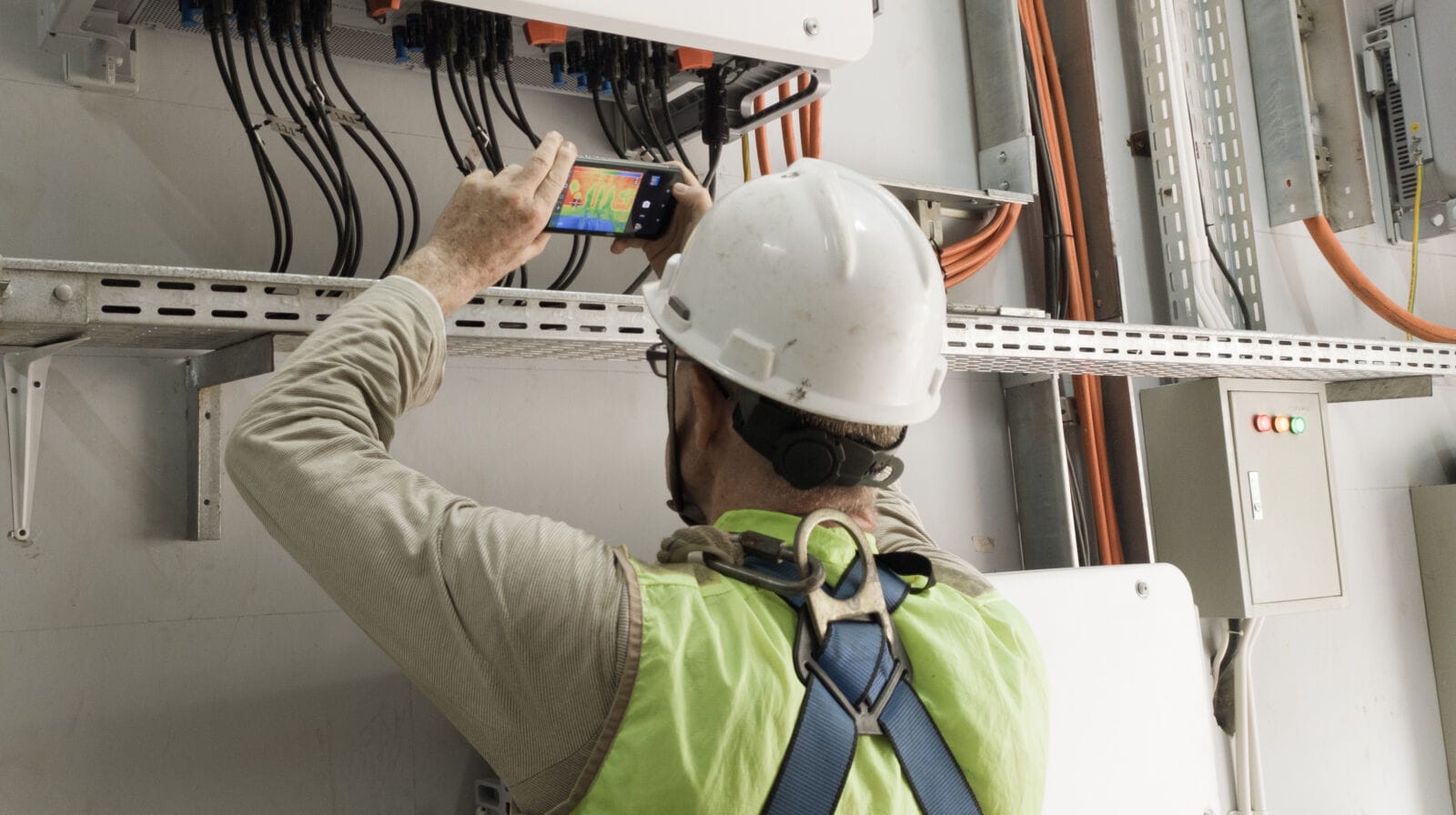Choosing the right inverter matters a lot. Like, imagine you’re busy doing some work on your PC, or cooking using your induction oven, and suddenly the light goes off. No one likes to be in that situation, right?
But powercuts aren’t something new, in fact, they’re quite common, with some places having as long as 8 hours of powercuts. This is the primary reason why an inverter is no longer a luxury, but a need.
But good inverters cost a fortune, so is it possible to balance inverter price and efficiency? Which means getting a decent inverter on a budget? That’s what the article is going to cover.
Understanding What Affects Price and Efficiency
But first, we need to understand what exactly affects the inverter price and efficiency of the inverter. Let’s first understand the price.
What Drives the Price
There are a lot of factors that are responsible for the inverter price, which the table below explains.
| Factor | What It Means | Why It Affects Price |
| Capacity (VA) | How much load the inverter can handle at once (lights, fans, TV, etc.). | Higher capacity = can support more appliances = higher cost. |
| Technology Type (Square Wave / Modified Sine Wave / Pure Sine Wave) | The quality of electricity the inverter produces. | Pure sine wave is the safest and smoothest → costs more. Square wave is basic → cheaper. |
| Features Included | Displays, smart monitoring, safety protections, fast charging, etc. | More features = more components and tech = higher pricing. |
What Determines Efficiency
Much like price, there are a lot of factors that determine efficiency as well, which the table below explains.
| Factor | What It Means | Why It Matters |
| Conversion Efficiency (DC to AC) | How much stored energy is actually converted into usable power? | Higher efficiency = less energy wasted = longer backup and lower electricity bills. |
| Ability to Handle Different Loads | How well the inverter manages light loads (LEDs) and heavy loads (fridge, TV, mixer). | A stable inverter runs smoothly under mixed loads, protects appliances, and avoids energy loss. |
| Power Consumption During Standby | The inverter is used even when no appliances are running. | Lower standby consumption = lower monthly power usage and better long-term efficiency. |
How to Balance Price and Efficiency for Your Home
Now it’s time for you to understand how you can balance price and efficiency.
Know Your Load Requirements
The best step in figuring out how long an inverter battery will last is to use the battery’s capacity and the load. The battery capacity is how much energy it can hold, while the load is how much energy your devices or appliances use.
| Step | What You Do | Explanation | Example |
| Step 1: Find Battery Capacity | Check the battery label for Ah (Ampere-hour) and Voltage (V). | This tells you how much energy the battery can store. | A battery labelled 12V 100Ah holds 100Ah of power. |
| Step 2: Calculate Total Load (in Watts) | Add up the wattage of all appliances running on the inverter. | More watts = faster battery drain. | Computer: 150W + Monitor: 50W → Total Load = 200W |
| Step 3: Use the Backup Time Formula | Backup Time (hours) = (Battery Ah × Battery V × Efficiency) ÷ Load (W) | Efficiency is usually taken as 0.7 to account for real-world losses. | (12V × 100Ah × 0.7) ÷ 800W = 1.05 hours (≈63 mins) |
| Example 1 | Using the formula for a 12V 100Ah battery and 800W load | Shows how losses reduce actual backup time. | Backup Time ≈ 1.05 hours |
| Example 2: Multiple Appliances | Add the wattage of each device to find the total load. | Helps estimate backup for home appliances. | 3 tube lights (120W) + 3 fans (225W) + Wi-Fi router (20W) → Total Load = 365W |
| Final Result (Example 2) | Apply the formula: (150Ah × 12V) ÷ 365W | Gives practical backup time for home usage. | Backup Time ≈ 4.9 hours |
Understand the Type of Appliances You Use
Next, you need to understand the type of appliances that you use, as that would certainly drive up the inverter price.
| Appliance Type | Examples | What It Needs | Why Pure Sine Wave May Be Necessary |
| Basic Appliances | Lights, fans, basic chargers, small motors | Can run on square waves or modified sine waves (though not ideal). | Pure sine wave is not mandatory, but it still gives smoother performance. |
| Sensitive Electronics | TVs, laptops, refrigerators, printers, medical devices | Require clean, stable power without voltage distortion. | Pure sine waves prevent overheating, noise, flickering, and long-term damage. |
Battery Compatibility- The Silent Efficiency Factor
Now, while all the above-mentioned factors are a thing, it doesn’t change the fact that not every battery goes with every inverter. Some batteries go with one, while others go with another.
How do you determine which battery goes with your inverter? It’s simple.
You need to check your user manual, which mentions the compatible battery type; it can be tubular, lead-acid, lithium-ion, and the list goes on and on. You need to pick the right type of battery, as that would be the most efficient with your inverter. Also, make sure to pick the right size, as the wrong size can damage the battery and cost you more in the long run.
LOCAL NEWS: Phoenix housing market outpaces national trends again in 2025
INDUSTRY INSIGHTS: Want more news like this? Get our free newsletter here
Conclusion
A lot of people have the tendency to overspend by buying an inverter they don’t even need. The right approach is to get an inverter which is exactly what you need, both in terms of capacity and efficiency, as the math is simple: stronger inverters cost more. So if you want to balance inverter price and efficiency, get an inverter according to your needs.
The best way to save money in the long run is by investing in a good quality brand that has been in the market for some time and has the trust of the people.




